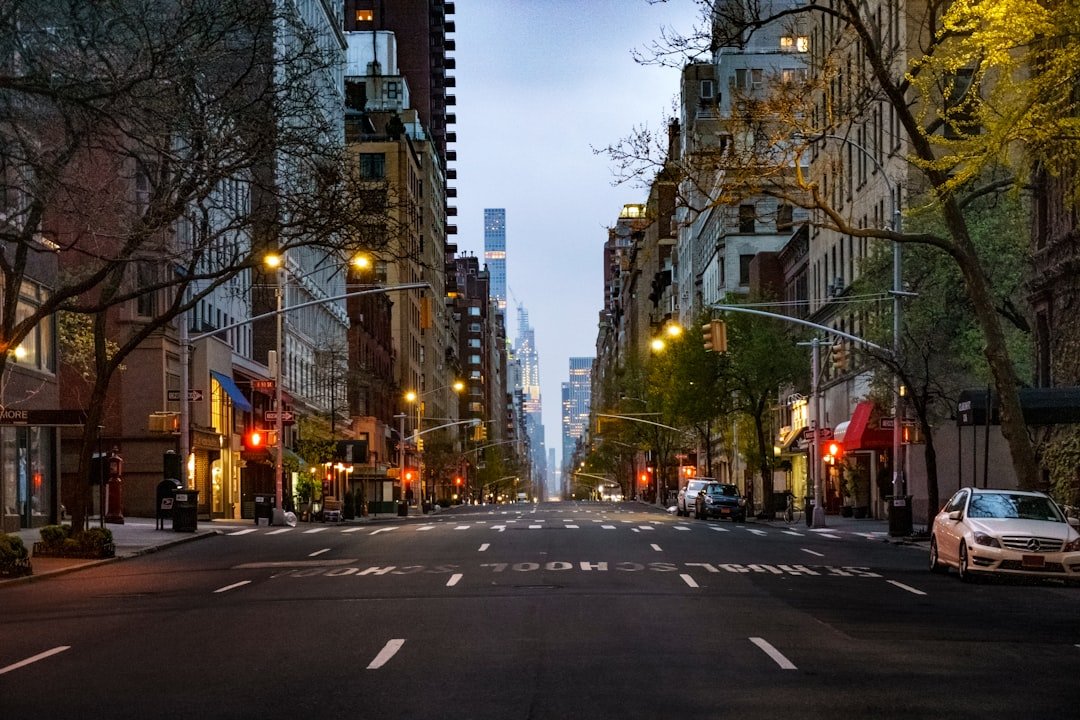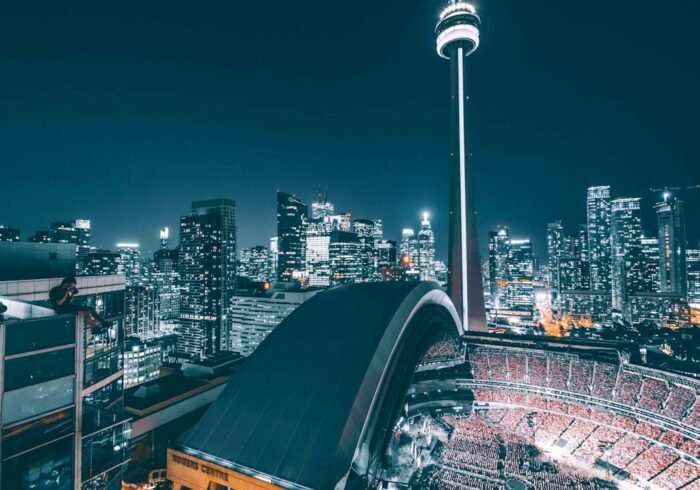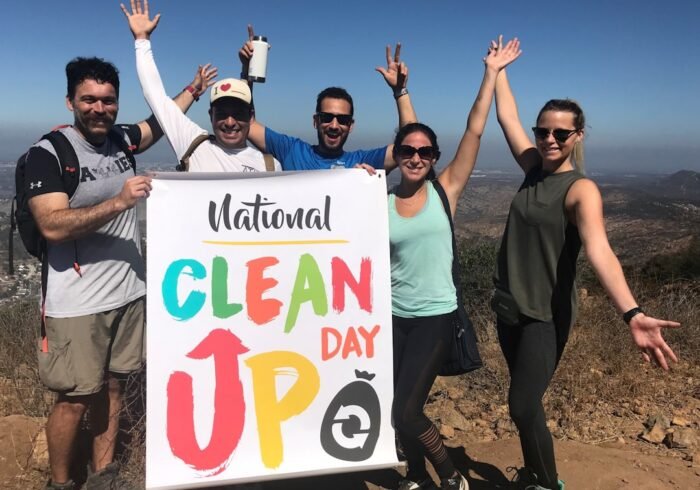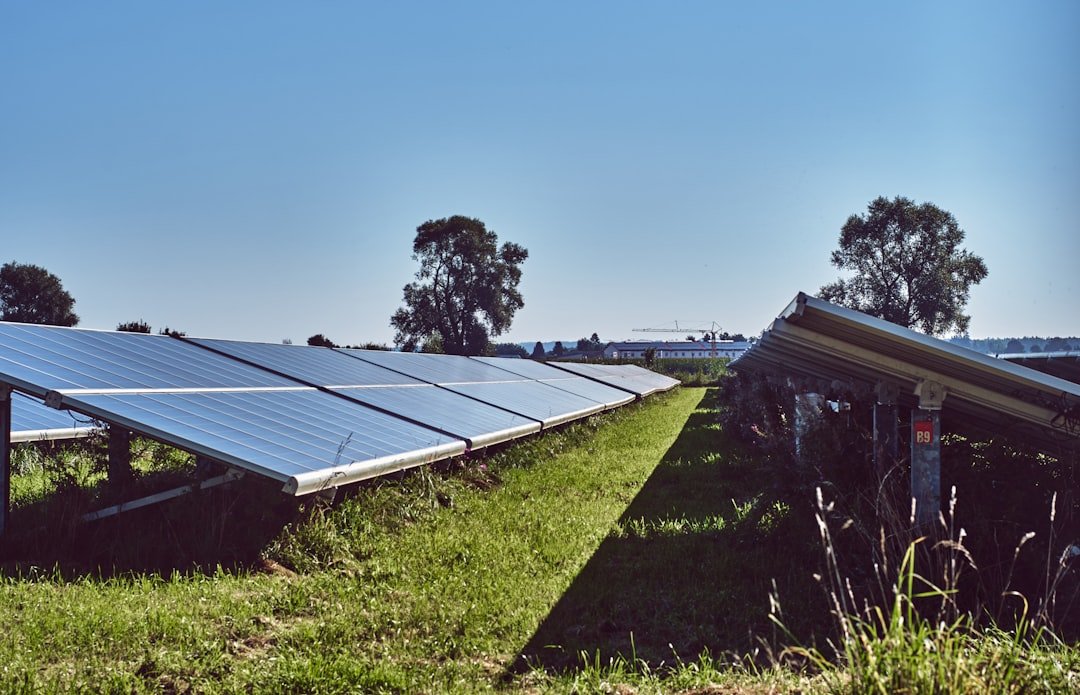An in-depth examination of noise pollution in New York City, sometimes known as the “city that never sleeps,” is a thriving metropolis distinguished by its busy streets, tall skyscrapers, and diverse populace. But beneath the charm of its vibrant way of life is a widespread problem: noise pollution. The noise of honking cars, construction, and the incessant hum of human activity creates an auditory landscape that can be both thrilling and overwhelming. This phenomenon, which is defined as undesired or harmful sound that disturbs the natural acoustic environment, has become an essential part of urban life in New York.
Key Takeaways
- Noise pollution is a significant issue in NYC, impacting the quality of life for residents and visitors.
- Sources of noise pollution in NYC include transportation, construction, and commercial activities.
- Health effects of noise pollution in NYC can include stress, sleep disturbances, and hearing loss.
- The economic impact of noise pollution in NYC can result in decreased property values and increased healthcare costs.
- Legal and regulatory measures, as well as community initiatives, are being implemented to address noise pollution in NYC.
The effects of noise pollution go beyond simple irritation; they seriously jeopardize locals’ health and wellbeing. It is more important than ever to comprehend the causes and consequences of noise pollution as the city grows and changes. In-depth discussions of the sources, health effects, economic ramifications, legal actions, neighborhood projects, & potential future noise control strategies are provided in this article. One of the main contributors is vehicle traffic. One of the main causes of noise pollution in New York City is the sounds of moving cars.
The air is continuously filled with the rumble of buses and trucks, the revving engines, and the constant honking of horns. Taxis & delivery trucks are common on Manhattan’s streets, adding to the city’s sometimes deafening noisescape. One disruptive force is construction activity. Another major cause of noise pollution in the city is construction. In New York City, the sounds of jackhammers, drills, and large machinery have become ubiquitous due to ongoing construction projects and renovations.
Along with interfering with daily life, these construction noises also make residents feel more stressed. Nightlife: Adding to the cacophony of sounds. The noisy nightlife of New York City contributes to the issue of noise pollution. People who live nearby may be impacted by the loud music and revelry that bars, clubs, and live music venues produce, which can last late into the night.
| Impact of Noise Pollution in NYC | Statistics |
|---|---|
| Number of Noise Complaints in 2020 | Over 200,000 |
| Top Sources of Noise Pollution | Vehicle traffic, construction, and loud music |
| Health Effects | Hearing loss, stress, sleep disturbances |
| Cost of Noise Pollution | Estimated at billions of dollars annually |
The combined impact of these various noise pollution sources can significantly affect New York City residents’ quality of life. Noise pollution has significant and varied health effects. Long-term exposure to loud noises has been linked to a number of physical and mental health problems.
Its effects on cardiovascular health are among the most worrisome. According to studies, long-term exposure to noise can raise blood pressure & raise the risk of heart disease. Continuous noise can cause stress, which can lead to the release of stress hormones & possibly exacerbate these health issues.
Also, noise pollution has a major impact on mental health. Living in a noisy environment is frequently associated with higher levels of anxiety, depression, and disturbed sleep. A lack of quiet can result in chronic fatigue and a decline in general wellbeing. Children are especially at risk; research has connected excessive noise levels to learning challenges & delayed cognitive development in young students. Therefore, tackling noise pollution is a critical public health issue that requires attention rather than just being an aesthetic one.
Noise pollution in New York City has a significant and frequently disregarded economic impact. Some neighborhoods may turn off prospective businesses and residents due to the continuous din of noise. High-noise areas may see a decline in property values as potential buyers look for more tranquil settings. This drop in real estate values may have repercussions for nearby economies, lowering municipal tax receipts. Also, establishments that depend on a calm environment, like cafes, restaurants, and wellness centers, might see a decline in business as a result of the noise level in the neighborhood.
Consumers looking for a calm spa day or a peaceful dining experience might steer clear of businesses in noisy areas. Also, the city’s economy may be further burdened by the medical expenses related to treating conditions made worse by noise pollution. In order to preserve New York City’s economic health and public health, noise pollution must be addressed. A number of legislative and regulatory actions have been taken in New York City to lessen the effects of noise pollution in response to the growing concerns about it.
The NYC Noise Code provides a framework for controlling noise levels in various industries. This code provides guidelines for acceptable noise emissions and specifies acceptable sound levels for residential areas, commercial buildings, and construction sites. Other city agencies, including the NYC Department of Environmental Protection (DEP), are responsible for enforcing these regulations. To promote adherence to set standards, they look into noise complaints and penalty offenders.
Also, community boards are essential in resolving local noise problems by promoting stronger rules or changes to current legislation in light of local residents’ experiences. Despite these initiatives, there are still difficulties in efficiently controlling noise pollution. Many locals believe their complaints are ignored, & enforcement can be patchy. In order to improve regulations and make sure they appropriately take into account the realities of urban living, it is crucial that community members and city officials have constant communication. A Community-Based Approach to a Widespread Problem. A grassroots response to the widespread problem of noise pollution in New York City has been the emergence of community initiatives.
Advocacy groups and neighborhood associations have inspired locals to advocate for change at the local & citywide levels and to increase awareness of the negative impacts of excessive noise. Often, these programs include educational campaigns that teach locals how to properly report disturbances and their rights when it comes to noise complaints. Creative Techniques to Create a Quieter City.
The “Quiet Skies” movement, which promotes quieter streets through a variety of tactics like encouraging local businesses to adopt quieter practices and advertising soundproofing measures for homes, is one prominent example. Also, some localities have set aside specific quiet times or “noise-free” events to encourage their citizens to reduce noise pollution in their areas. Along with promoting a feeling of community, these neighborhood initiatives give locals the tools they need to actively improve their living conditions. Working Together to Create a Harmonious Urban Environment.
Partnerships between city agencies and community organizations have also produced creative solutions, like heightened enforcement of current noise regulations during peak hours or the installation of sound barriers alongside busy roads. Communities can establish a more peaceful urban setting that values both tranquility and vibrancy by cooperating. Going forward, New York City’s chances for noise control depend on a confluence of strong legislative frameworks, community involvement, & technology developments. Urban design innovations, like adding green spaces or using sound-absorbing materials in buildings, can drastically lower noise levels in places with high population densities. Also, improved traffic management systems and quieter cars could result from transportation technology advancements, which would reduce noise from traffic.
Also, creating a culture of awareness about noise pollution is crucial to long-term transformation. Residents’ sense of responsibility for their contributions to urban noise levels can be fostered by educational initiatives targeted at community organizations and schools. Through the implementation of mindful construction methods or responsible nightlife management, communities can collaborate to establish a more tranquil urban setting by encouraging mindfulness regarding sound production. Last but not least, persistent support for stricter regulations will be essential to successfully combating noise pollution.
Policymakers must be vigilant in modifying regulations to meet evolving needs while putting public health & quality of life first as urban populations increase and cities change. To sum up, reducing noise pollution in New York City is a complex issue that calls for coordinated efforts from businesses, communities, government organizations, & individuals. Although the sources of noise are ingrained in urban life, it is impossible to overlook their effects on the economy, general quality of life, & health.
Residents can endeavor to create a more harmonious living environment by being aware of these dynamics and actively participating in solutions, whether through community initiatives or administrative actions. All parties involved must acknowledge the significance of efficiently managing noise pollution as New York City grows and changes. A future in which the energy of the city coexists with peace—a future in which New Yorkers can take pleasure in both the excitement of their surroundings and the tranquility they deserve—is possible through cooperation and creativity.



